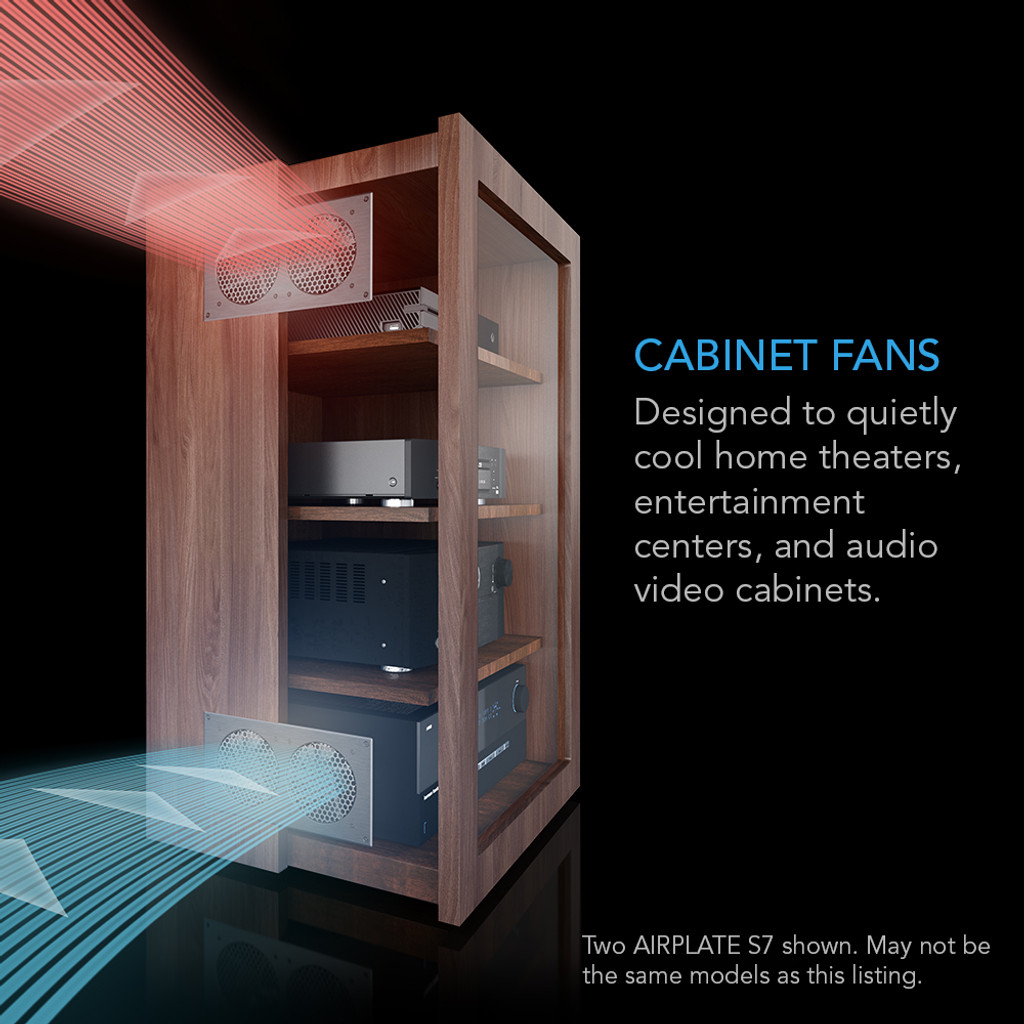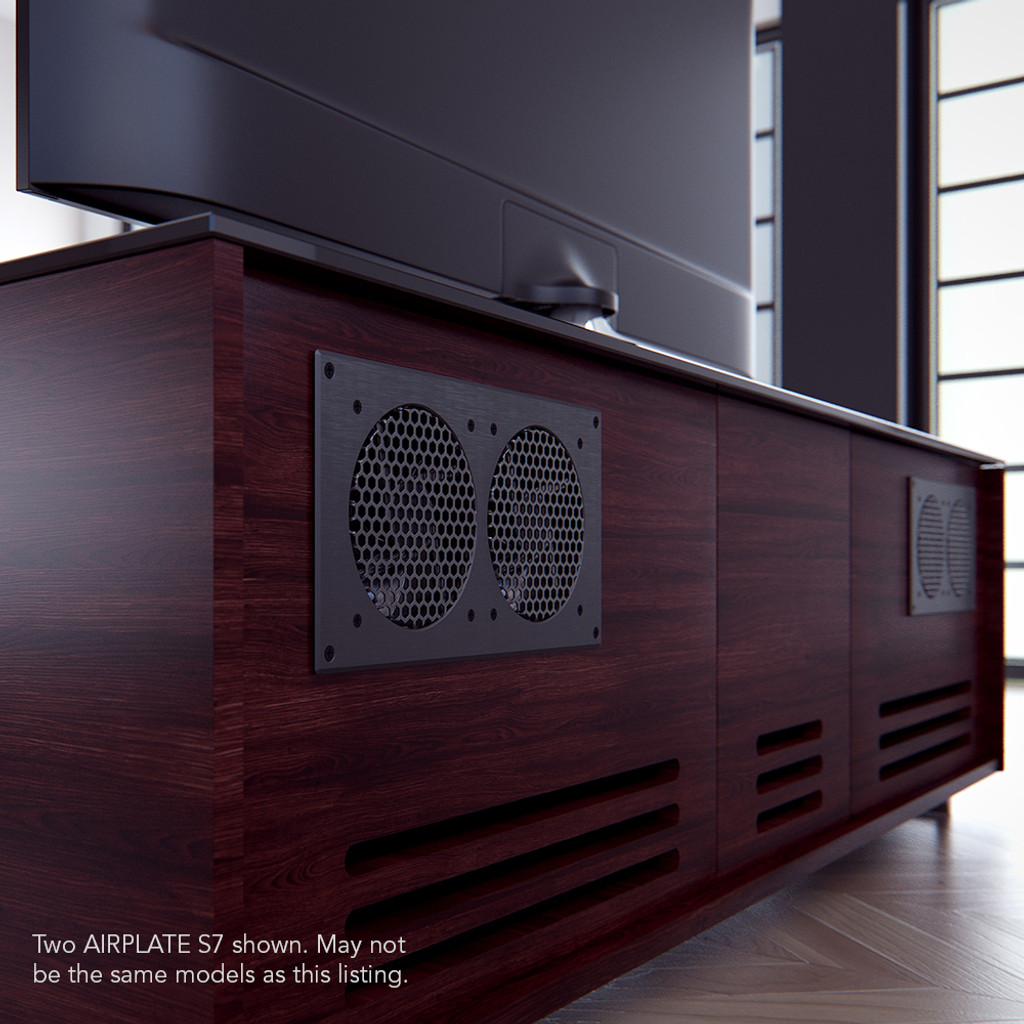Understanding Home Theater AV Cabinets

A home theater AV cabinet is an essential component for any serious home entertainment enthusiast. It serves as a central hub for housing and organizing all your audio-visual equipment, including your TV, sound system, gaming consoles, and other devices.
Benefits of Using an AV Cabinet
AV cabinets offer numerous benefits that enhance the functionality, aesthetics, and overall experience of your home theater setup.
- Organization and Cable Management: AV cabinets provide a dedicated space to neatly store and organize your equipment, keeping your entertainment area clutter-free and aesthetically pleasing. They often feature built-in cable management systems, helping you conceal wires and cables for a clean and professional look.
- Protection: AV cabinets protect your valuable equipment from dust, spills, and accidental bumps. They create a safe and controlled environment, extending the lifespan of your devices.
- Improved Sound Quality: AV cabinets can contribute to better sound quality by providing a stable and vibration-free platform for your speakers. They can also help to minimize unwanted reflections and improve the overall acoustics of your home theater.
- Enhanced Aesthetics: AV cabinets are available in a wide range of styles and finishes to complement any décor. They can add a touch of elegance and sophistication to your home theater setup, seamlessly integrating with your existing furniture.
Types of AV Cabinets
The market offers various types of AV cabinets to suit different needs and preferences.
- Freestanding Cabinets: These cabinets are independent units that can be placed anywhere in your home theater. They offer flexibility in placement and come in various sizes and configurations.
- Wall-Mounted Cabinets: Wall-mounted cabinets are space-saving solutions that attach directly to the wall. They are ideal for smaller spaces and can be customized to fit your specific needs.
- Corner Cabinets: Corner cabinets are designed to maximize space utilization in corners. They offer a compact and efficient way to store your AV equipment while preserving valuable floor space.
Factors to Consider When Choosing an AV Cabinet

Selecting the right AV cabinet is crucial for a seamless and enjoyable home theater experience. It not only houses your valuable equipment but also contributes significantly to the overall aesthetics and functionality of your entertainment space. A well-chosen cabinet provides ample space for your components, facilitates efficient cable management, and ensures optimal ventilation for your electronics.
Cabinet Size
The size of your AV cabinet should be carefully considered to accommodate all your equipment and allow for future upgrades. Measure your components and determine the required dimensions for a comfortable fit. Leave sufficient space around each device for proper ventilation and easy access.
- Consider the size of your components: Measure the width, depth, and height of your AV receiver, Blu-ray player, gaming consoles, and other equipment to ensure they fit comfortably within the cabinet.
- Allow for future expansion: Factor in potential future upgrades or additions to your home theater system, such as a new amplifier or streaming device.
- Choose a cabinet with sufficient depth: Ensure the cabinet has enough depth to accommodate your components without overcrowding and allow for easy access to cables and connections.
Cabinet Material
The material of your AV cabinet impacts its durability, appearance, and cost. Different materials offer unique advantages and disadvantages.
- Wood: Wood cabinets are often favored for their elegant aesthetic and durability. They can be finished in various stains and paints to complement your home theater décor. However, wood can be susceptible to scratches and moisture damage.
- Metal: Metal cabinets, often made from steel or aluminum, are highly durable and resistant to scratches and dents. They also offer excellent heat dissipation for electronics. However, metal cabinets can be more expensive and may require additional soundproofing to prevent vibration.
- Glass: Glass cabinets provide a sleek and modern look, showcasing your equipment. However, they are more fragile and may require careful handling. They also tend to be less effective at isolating your equipment from dust and moisture.
Cabinet Design, Home theater av cabinet
The design of your AV cabinet should complement your home theater setup and personal style. Consider factors like the number of shelves, drawers, and compartments. Look for features that enhance organization and accessibility.
- Shelving: Choose a cabinet with sufficient shelves to accommodate all your components, ensuring adequate spacing for proper ventilation.
- Drawers: Drawers can provide convenient storage for remote controls, cables, and other accessories.
- Compartments: Compartments can help to organize and protect delicate components like speakers and subwoofers.
- Cable management: Opt for a cabinet with built-in cable management features, such as wire channels or pass-through holes, to keep your cables organized and concealed.
Cable Management
Efficient cable management is crucial for a clean and functional home theater setup. Look for AV cabinets that offer dedicated cable management features to minimize clutter and improve airflow.
- Wire channels: Wire channels provide a designated path for cables, keeping them organized and out of sight.
- Pass-through holes: Pass-through holes allow cables to be routed through the cabinet without needing to be cut or drilled.
- Cable ties: Use cable ties to bundle and secure cables together, further enhancing organization and preventing tangling.
Ventilation
Proper ventilation is essential for preventing overheating and ensuring the longevity of your AV equipment. Choose a cabinet with adequate ventilation to allow for airflow and dissipate heat.
- Ventilation holes: Look for cabinets with ventilation holes on the sides, back, and/or top to allow for air circulation.
- Open shelves: Open shelves can promote airflow and prevent components from becoming trapped in enclosed spaces.
- Fans: Consider cabinets with built-in fans for additional ventilation, especially in warm environments or when using high-power components.
Popular Home Theater AV Cabinet Features

A high-quality AV cabinet should be more than just a place to store your equipment. It should be designed to enhance your home theater experience, providing both functional and aesthetic benefits. Let’s explore some common features that elevate AV cabinets to a whole new level.
Adjustable Shelves
Adjustable shelves are a must-have feature in any AV cabinet, offering unparalleled flexibility to accommodate equipment of varying sizes. They allow you to customize the interior space to fit your specific setup, whether it’s a towering receiver or a compact Blu-ray player. This flexibility ensures that all your components are neatly organized and easily accessible, promoting a clutter-free and user-friendly environment.
Cable Management Systems
A well-designed AV cabinet should include effective cable management systems to tame the inevitable tangle of wires that accompany home theater setups. These systems can take many forms, including:
- Wire Pass-Throughs: These are openings in the back or bottom of the cabinet that allow you to route cables neatly without having to remove components.
- Cable Ties and Straps: These are useful for bundling and securing cables together, keeping them organized and out of sight.
- Dedicated Cable Channels: Some cabinets feature built-in channels or compartments specifically designed for hiding and managing cables, providing a clean and professional look.
By effectively managing cables, you create a visually appealing and safe environment, preventing potential tripping hazards and reducing clutter.
Ventilation Options
Proper ventilation is crucial for maintaining the optimal operating temperature of your electronic equipment. Heat buildup can lead to performance issues and even damage, so good ventilation is essential. Common ventilation features include:
- Open Back or Sides: These allow for airflow from the back or sides of the cabinet, preventing heat from accumulating inside.
- Vented Panels: Some cabinets feature perforated panels or grilles that allow for airflow while maintaining a stylish aesthetic.
- Built-in Fans: For larger setups or those generating significant heat, some cabinets include built-in fans to actively circulate air and keep components cool.
Choosing a cabinet with adequate ventilation ensures your equipment runs efficiently and lasts longer.
Built-in Power Outlets
Convenience and safety are enhanced with built-in power outlets, eliminating the need for bulky power strips and extension cords. This feature streamlines your setup, reducing clutter and potential tripping hazards.
Surge Protectors
Surge protectors are a crucial safety feature that protects your expensive equipment from power surges, which can occur due to lightning strikes or other electrical fluctuations. A built-in surge protector provides an extra layer of protection, ensuring your electronics are safe and operational.
Speaker Stands
For optimal sound quality, speaker stands are often a desirable feature in an AV cabinet. They provide a dedicated platform for your speakers, elevating them to the ideal listening height and allowing for better sound dispersion.
AV Cabinet Features: Performance and Aesthetics
| Feature | Performance Impact | Aesthetic Impact |
|—|—|—|
| Adjustable Shelves | Enhanced organization and flexibility | Clean and organized interior |
| Cable Management Systems | Improved airflow, reduced clutter, and enhanced safety | Minimal visible cables, professional look |
| Ventilation Options | Optimal operating temperature, improved equipment longevity | Sleek and modern design with vents |
| Built-in Power Outlets | Convenience and safety | Streamlined setup, reduced clutter |
| Surge Protectors | Protection against power surges, equipment longevity | Improved safety and peace of mind |
| Speaker Stands | Improved sound quality, better sound dispersion | Elevated speakers, visually appealing setup |
Choosing the right home theater AV cabinet involves considering not only its aesthetics but also its functionality. Just like the average height of bathroom cabinets is crucial for accessibility, the height of your AV cabinet should be suitable for your seating arrangement and viewing experience.
A well-placed cabinet ensures that your equipment is not only easily accessible but also contributes to the overall harmony of your home theater setup.
A home theater AV cabinet is essential for organizing your electronics and creating a sleek, modern look. But, don’t forget about the importance of storage in other areas of your home! If you’re looking for a unique and stylish way to add storage to your bathroom, consider incorporating vintage bathroom wall cabinets for storage.
These cabinets can add a touch of charm and functionality to your space, just like a well-designed AV cabinet can enhance your home theater experience.
